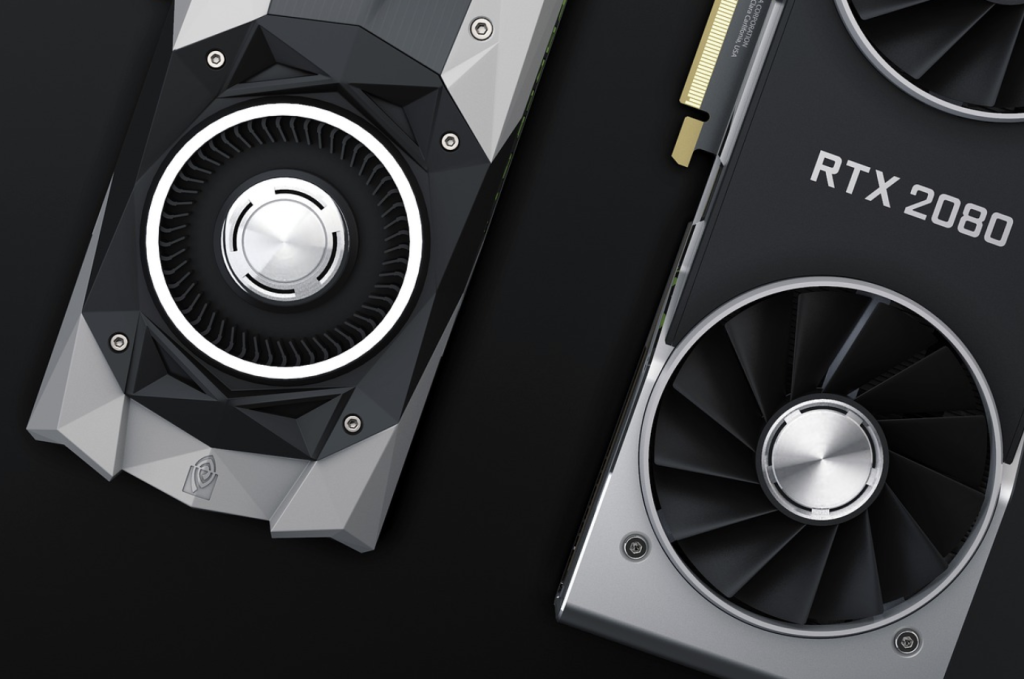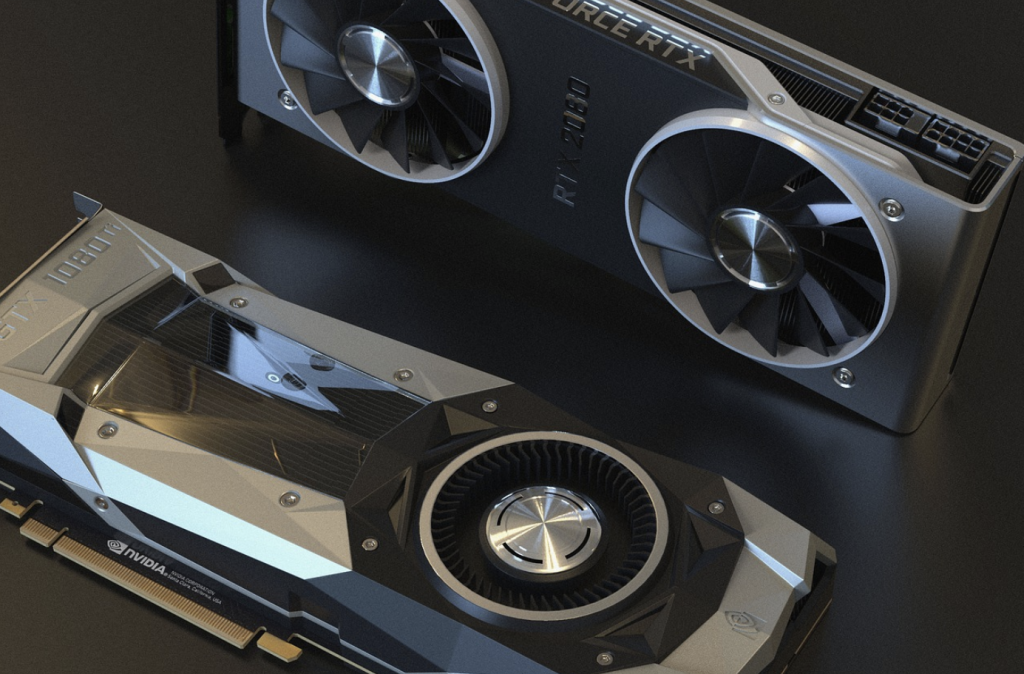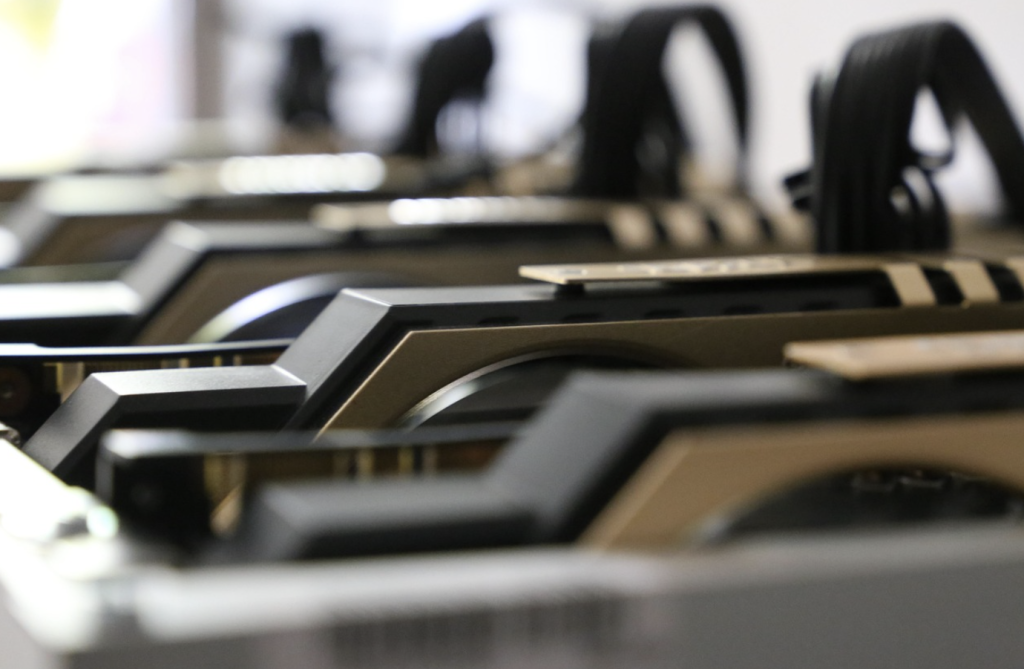
Introduction: The Anticipation Builds
The tech world is buzzing with excitement—and for good reason. NVIDIA is gearing up to unleash the RTX 5000 series, and it promises to be nothing short of a revolution in GPU technology. Whether you’re a hardcore gamer, 3D artist, or AI researcher, this next-gen lineup could dramatically change how you interact with visual computing.
The Current Landscape of GPUs
From RTX 3000 to 4000: A Quick Recap
First, let’s zoom out a bit. The RTX 3000 series introduced Ampere, bringing powerful AI acceleration and ray tracing into the mainstream. The 4000 series, built on the Ada Lovelace architecture, further pushed performance limits, especially in 4K gaming and creative workloads.
Why the RTX 5000 Series Matters
The RTX 5000 series is not just another upgrade—it’s a leap. With a brand-new architecture, new memory standards, and next-gen AI capabilities, it’s poised to be a major inflection point for the entire GPU industry.
Architecture: Enter Blackwell
What Is Blackwell?
The RTX 5000 series is expected to debut NVIDIA’s Blackwell architecture—a name inspired by mathematician David Blackwell. This architecture will likely deliver more efficient parallel processing, improved tensor operations, and increased power efficiency.
How It Compares to Ada Lovelace
Early leaks suggest 50–70% performance gains over Ada Lovelace. While Ada emphasized ray tracing and DLSS 3, Blackwell takes it further by introducing next-gen AI acceleration, better path tracing, and deeper integration with machine learning workloads.
Performance Expectations
CUDA Core Enhancements
Expect a significant jump in CUDA core count—possibly exceeding 18,000 cores in the flagship 5090. Clock speeds could also surpass 3.0 GHz, marking a notable step forward in raw computational power.
Ray Tracing and AI Improvements
Ray tracing might finally feel truly real-time, thanks to more advanced RT cores and enhancements in DLSS 4. AI-driven upscaling and frame generation could reduce latency and increase FPS dramatically.
Memory & Bandwidth Enhancements
GDDR7 vs GDDR6X
The RTX 5000 series will likely debut GDDR7 memory, offering higher bandwidth, improved power efficiency, and lower latency. This leap is crucial for handling ever-larger texture files and datasets.
Bandwidth Bottlenecks Solved?
Combined with a rumored 512-bit memory bus, the RTX 5090 could eliminate some of the bottlenecks that plagued even high-end 4090 builds. That means smoother multitasking, rendering, and gaming performance.
Power Efficiency & Thermal Design
More Power, Less Heat?
Blackwell chips will reportedly use a 3nm or 4nm process, improving energy efficiency by 20–30%. That’s crucial as GPUs have become literal power-hungry beasts.
Cooling Innovations in RTX 5000
Expect dual- or even tri-fan coolers, possibly with vapor chamber technology or hybrid liquid systems. Some insiders speculate a new proprietary cooling tech may debut with the Founders Edition.
New Features for Gamers and Creators
DLSS 4.0 and Beyond
DLSS 4.0 is rumored to offer AI-generated frames that feel native. Combined with better latency handling, this could make even the most demanding titles feel incredibly fluid at ultra settings.
Creative Workflows Transformed
For creators, the new architecture might include dedicated encode/decode hardware for AV1 and real-time 8K editing. Tools like Adobe Premiere Pro, Blender, and DaVinci Resolve will get a significant performance boost.

Potential Release Timeline
When Will It Launch?
Most signs point to a Q4 2025 release, likely coinciding with NVIDIA’s annual GTC or a fall hardware event. Some models, like the RTX 5060 or 5070, may arrive in early 2026.
Will It Be Worth the Wait?
For power users and forward-looking gamers, yes. If you’re already on a 4080 or 4090, you might want to wait and see benchmarks. But for those on RTX 3000 or older—this could be the upgrade worth jumping on.
Competitive Landscape
AMD’s Next Move
AMD’s Radeon RX 8000 series (RDNA 4) will be its direct competitor. While Radeon GPUs typically offer better value, they’ve lagged behind in ray tracing and AI. That gap might widen with RTX 5000.
Intel Battlemage: A Wildcard?
Intel’s Battlemage GPUs are expected around the same time, and while it’s still early days for Arc, they might disrupt the entry-level and mid-range market.
Pricing Predictions and Market Strategy
Will Prices Go Even Higher?
Sadly, yes. The RTX 5090 is rumored to cost upwards of $1,999, while the RTX 5080 may retail near $1,199. Inflation, advanced tech, and market dominance are driving the prices up.
Tiered Models and Expected MSRP
We’ll likely see the traditional breakdown:
- RTX 5090 – ~$1999
- RTX 5080 – ~$1199
- RTX 5070 – ~$799
- RTX 5060 – ~$499
Consumer Expectations and Concerns
Hype vs. Reality
The hype train is at full speed, but let’s not forget the RTX 4000 series had launch hiccups—availability issues, thermal throttling, and pricing backlash. NVIDIA will need to stick the landing this time.
Compatibility & Power Supply Issues
With rumored 600W+ TDP, users may need ATX 3.0 power supplies, new 16-pin connectors, and even larger PC cases. That’s a serious investment beyond just the GPU.

Final Thoughts: Should You Wait for RTX 5000?
If you crave the bleeding edge and want the best performance in gaming, rendering, and AI, then yes—wait for the RTX 5000 series. But if your workload is stable and the RTX 4000 suits your needs, keep an eye on the price drops that will follow the 5000 launch.
Bottom line? The RTX 5000 isn’t just a new GPU—it’s the start of the next generation of computing.
FAQs
1. When will NVIDIA’s RTX 5000 series officially launch?
Most likely in Q4 2025, possibly at NVIDIA’s GTC event.
2. What is the expected price of the RTX 5090?
Rumors suggest a launch price of around $1,999 USD.
3. Will RTX 5000 series support DLSS 4.0?
Yes, it’s expected to debut DLSS 4.0 with major performance enhancements.
4. Is GDDR7 memory confirmed for RTX 5000?
While not official, strong industry leaks point to GDDR7 being used.
5. Do I need a new PSU for RTX 5000 cards?
Likely yes—especially for high-end models that may require ATX 3.0 and 16-pin power connectors.




